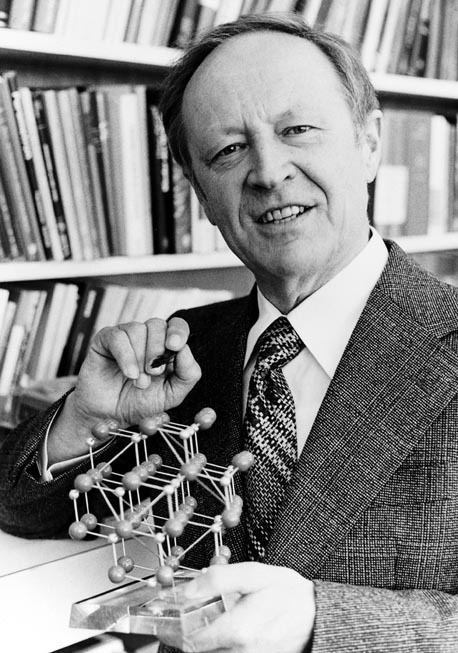Name Heinrich Welker | Role Physicist | |
 | ||
Education Ludwig Maximilian University of Munich | ||
Heinrich Johann Welker (September 9, 1912 in Ingolstadt – December 25, 1981 in Erlangen) was a German theoretical and applied physicist who invented the "transistron", a transistor made at Westinghouse independently of the first successful transistor made at Bell Laboratories. He did fundamental work in III-V compound semiconductors, and paved the way for microwave semiconductor elements and laser diodes.
Contents
Biography and important work
Starting in 1931, Welker studied at the University of Munich under Arnold Sommerfeld, and was granted a Ph.D. in 1936. The book Electrodynamics - Lectures on Theoretical Physics Volume III by Sommerfeld was based on lecture notes prepared by Welker during the winter semester of 1933/1934. Welker was granted his Habilitation under Sommerfeld in 1939.
During the war years, 1940 to 1945, Welker worked at Luftfunkforschungs Institut in Oberpfaffenhofen, but still maintained association (1942 to 1944) with the physicochemical institute of Klaus Clusius at the University of Munich. After the war, 1947 – 1951, he took a job at the Westinghouse subsidiary in Paris, Compagnie des Freins et Signaux Westinghouse. From 1951 to 1961, Welker headed of the solid-state physics department of Siemens-Schuckertwerke, in Erlangen, where he developed the new, III-V compounds, to replace silicon semiconductors. His work resulted in large-scale use of galvanomagnetic and optoelectronic effects, as well as new switching circuits in microelectronics. Welker and his department paved the way for microwave semiconductors and laser diodes. He was the director of the Erlangen Siemens-Schuckertwerke research laboratory from 1961 to 1969. From 1969, until he retired in 1977, Welker was director of all the company’s research laboratories.
While at the Westinghouse subsidiary in Paris, Welker and German physicist Herbert F. Mataré, just months after Bell laboratory scientists announce the demonstration of a point contact transistor in 1948, applied for a patent on the same type of device on August 13, 1948. On 18 May 1949, this European invention coined as the "Le Transistron" or the "French transistor" was presented to the public. This development was an outgrowth of work done by the two independently in Germany in programs to develop German radar. The French patent was granted in 1952.
Welker was elected president of the Deutsche Physikalische Gesellschaft in 1977.
Siemens AG, Munich, in 1976 established the Heinrich Welker Memorial Award to honor Welker’s pioneering work in III-V compound semiconductor development.
